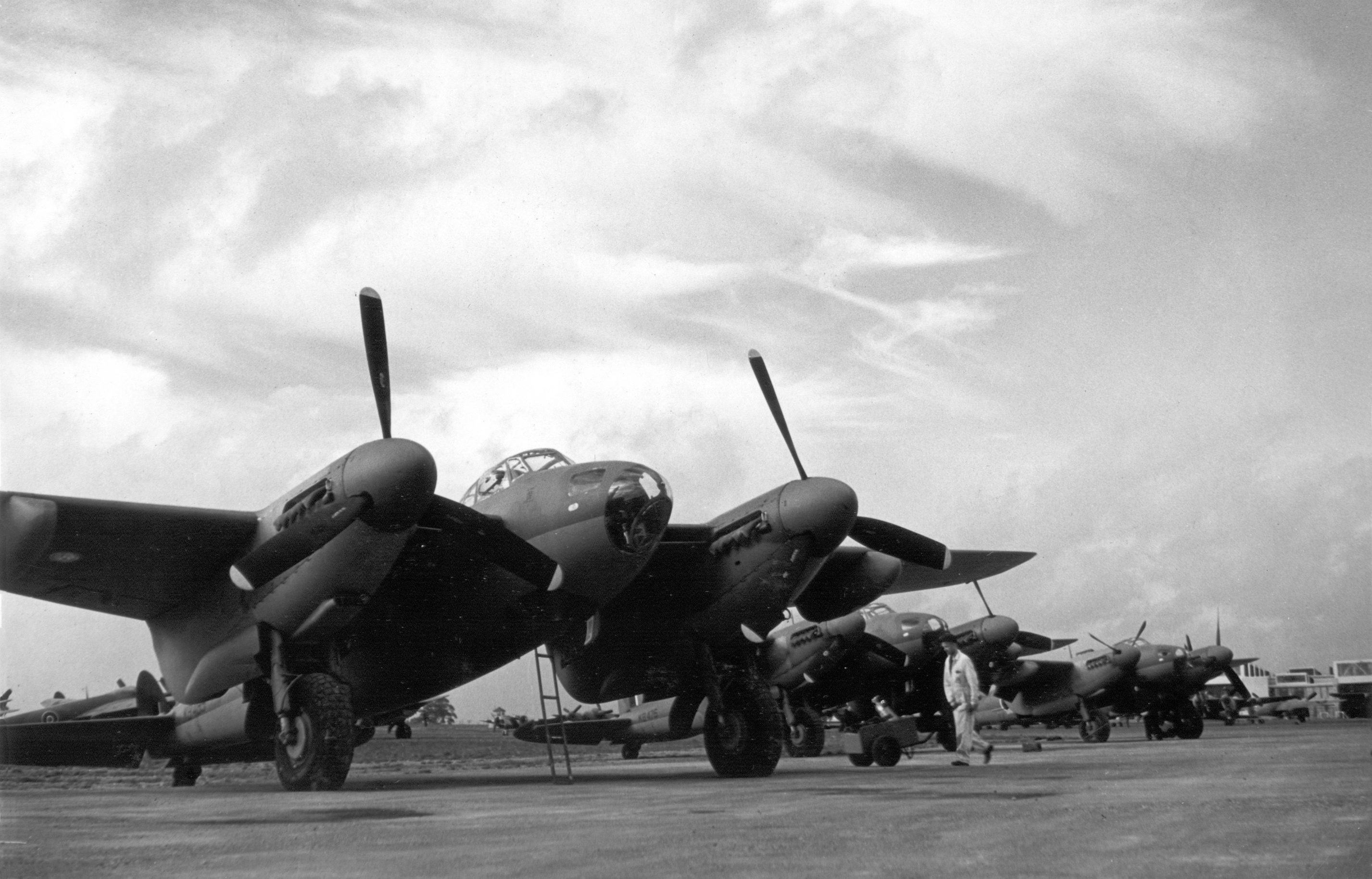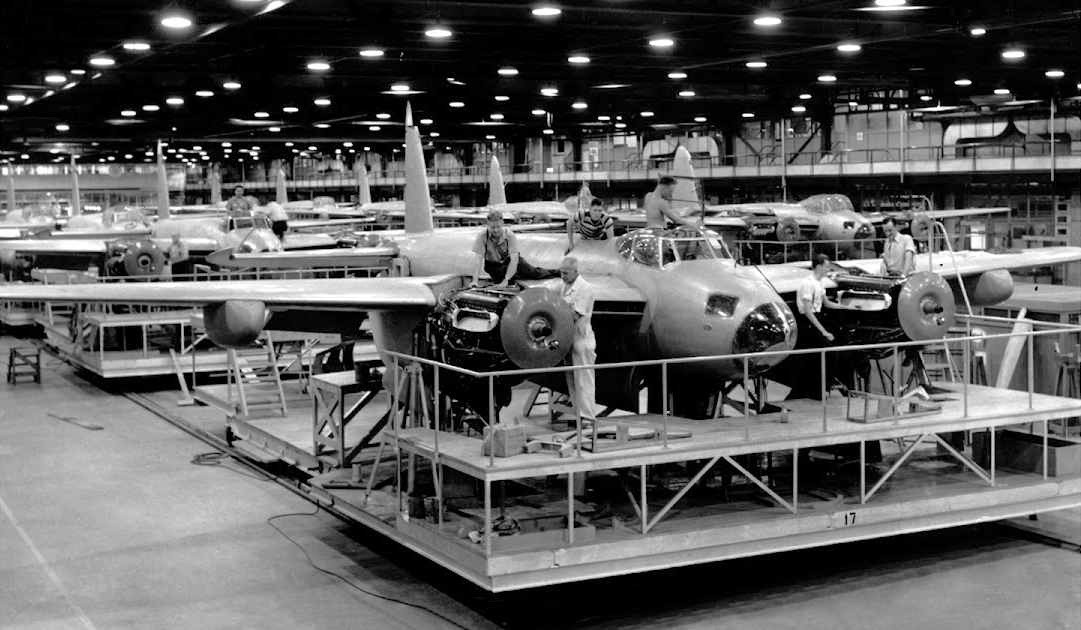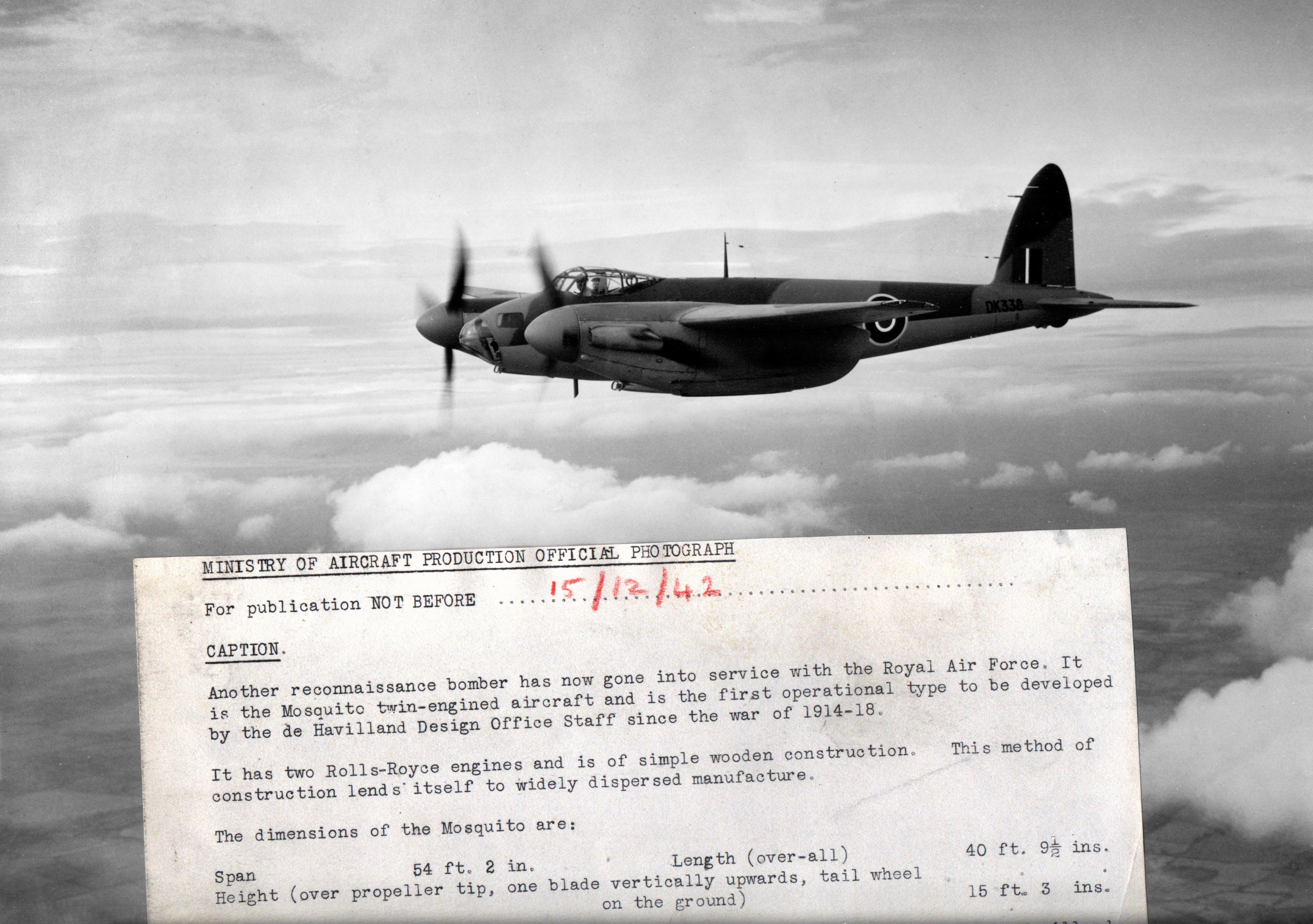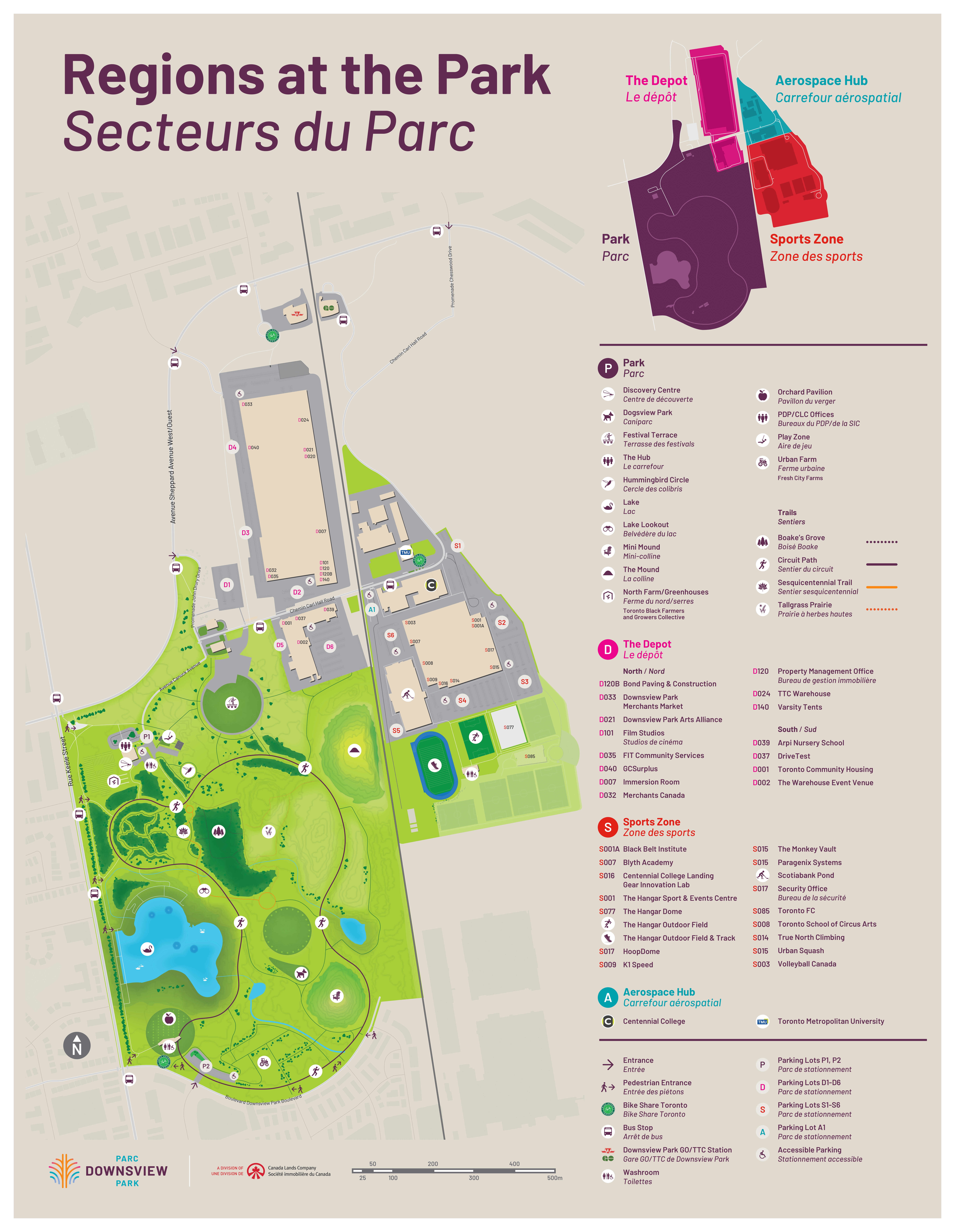The de Havilland Mosquito
There was very little that the de Havilland Mosquito couldn’t or didn’t do to help the Allied cause during World War II.
Need a high-altitude plane to drop heavy bombs on an enemy position? The Mosquito could do that. But it could also fly incredibly fast and low for pin-point attacks in daylight or darkness. It was the most productive photo and weather reconnaissance aircraft of the war. It marked targets and served as a decoy for heavy bombers.
And it was very hard to catch. It ended the war with the lowest loss rate of any aircraft in the Royal Airforce Bomber Command Service. No wonder the Mosquito is sometimes referred to as “the plane that won WWII”.
Not bad for a two-person unarmed bomber made almost entirely of wood.
The Mosquito probably never would have been built had it not been for the persistence of British Air Marshal Sir William Freeman. He had commanded a squadron of de Havilland DH-4’s during World War I, and was a big fan of both the plane and the company. So when de Havilland told Freeman in 1940 that it was working on an ultra fast, wooden bomber with no guns, he was receptive to that rather unconventional idea.
But it wasn’t an easy sell. After all, the Americans were going in the opposite direction. Their F-17 aircraft was a massive, metal, heavily-armed flying tank. But Freeman pushed hard for the Mosquito, so hard that the plane was initially known as “Freeman’s Folly”.
Over time, the Mosquito acquired several other, more endearing nicknames; the Timber Terror, the Loping Lumberyard and the Wooden Wonder were the most popular, but to its crews, it was simply the “Mossie”, and they were proud to fly the fastest, most versatile plane on either side of the war.
The Mosquito became operational in September 1941, and quickly became famous for its daring low-altitude precision raids against enemy targets. A Mosquito crew blew out the walls of a prison in Amiens and freed hundreds of French resistance fighters. In another raid, Mosquitos flew into the heart of Copenhagen to bomb a Gestapo headquarters. The message was clear: no one could hide, no one was safe from the Wooden Wonders.
De Havilland built more than 6700 Mosquitos during the war. Over a thousand were built at Downsview. The last one rolled out in November 1950, but the plane continues to hold a special place in the minds of many Canadians today thanks to Fredrick Forsyth’s short story, The Shepherd.
Written in 1975, the story depicts the struggle of an RAF pilot trying to fly his disabled aircraft home on Christmas Eve 1957. When all seems lost, the pilot is met by a ghost airplane, a vintage WWII de Havilland Mosquito, that guides him to safety.
In 1979, Alan Maitland, co-host of the CBC Radio program As It Happens, performed a reading of The Shepherd that proved so popular, it has been repeated on the program every Christmas Eve since then.






